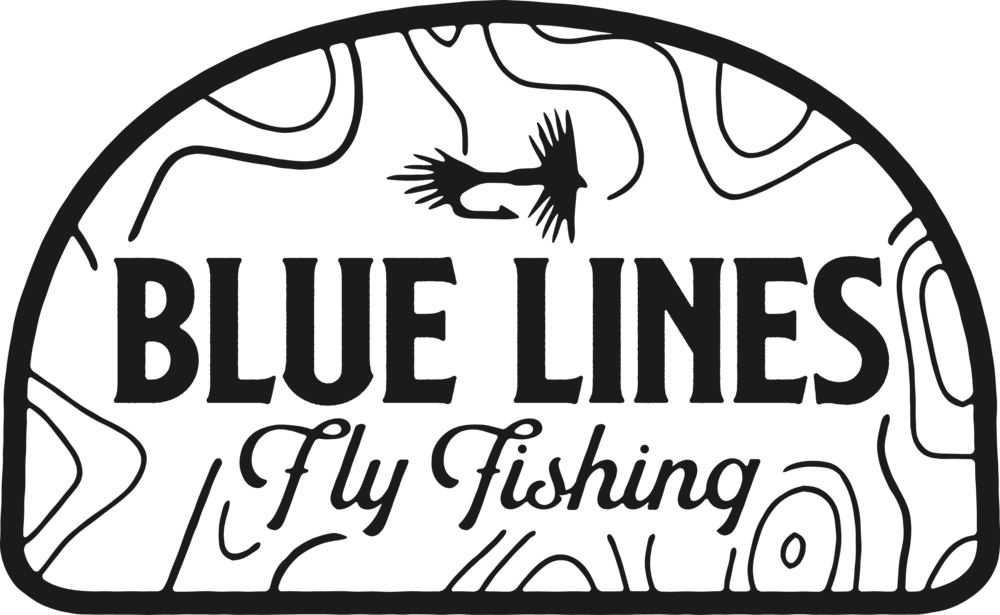By Sam Larson
Winding hackle on a hook is a magic trick. Sleek rooster feathers become bristling guard hairs or buzzing wings while partridge or soft hen transforms into sweeping, pulsing, spidery legs. It's an elegant sleight of hand, fur and feather wound about a steel shank becomes a faux insect, an impressionistic rendering of fish food in miniature.
I have two favorite flies. The first, a soft hackle, delights me with its spare simplicity and casually lifelike shimmer in the water column, as well as its flexibility in the vise and the tyer’s ability to dress it up, down, or utterly new and alien. The second, the Parachute Adams, feels architectural, structural, built from distinct pieces and parts conforming to, in my hands at least, a rigid schedule of steps, requirements, and measurements.
Soft hackles mean many things. When I got my first tying vise, a nameless and poorly cast chunk of pitted steel with blunt, round jaws that barely held size 10 hooks, never mind a delicate size 18 dry fly hook, soft hackles were an easy point of entry. A pile of flies fell from my vise, each featuring a sparely dubbed body, or one made of lumpy floss, and an explosive collar of too-long partridge or hen. I still have some of these flies and while their clumsiness galls me they nonetheless caught fish. As I refined my skills, learned how to better manage the sparseness of a classic soft hackle collar and the smooth taper of the body, it’s startling how little that actually improved their fish catching capabilities. As my soft hackles became increasingly elegant and consistent, and as I flirted with Kebari-style reverse hackles, classic spider patterns, bead heads, wire ribs, floss, dubbing, bare thread bodies, partridge, peacock, or, most beautifully, a glass bead tucked behind the spreading collar of the hackles, they continued to catch fish with the same unprepossessing regularity as the heavy, lumpy, hairy flies I had first learned to tie.
Adams, particularly Parachute Adams, were an educational obsession for me. They appear everywhere. They are an unavoidable topic in lists of essential flies and fly shop dialogue. And I could not tie them. I had been given several, sizes 14 through 18, and I knew that they were effective. They caught fish indiscriminately, flexible enough to represent either a caddis or a mayfly. My first efforts were thick and awkwardly proportioned. Poor examples of a fly that is so common and well-known that its outline and structure, are as close to being objectively and permanently defined as any fly pattern in the lexicon. My Parachute Adams sported tails that were too simultaneously too thick, too long, and too wispy. The bodies were fat oblongs of hairy gray dubbing, not the trim smooth cigar shape shown in the pattern books. And the parachute posts were too short, too long, or too thick, and heavily burdened by a cloud of mismanaged and poorly wound hackle. It took two things to tame my Parachute Adams: a formula for construction and a pair of old scissors. The formula is just an order of operations. I took it from Charlie Cravens, along with his suggestion to tie the hackles up the post. From somewhere else I learned to add a drop of head cement to the base of the post after the hackles had been tied in. The old scissors are just a dull, cheap pair that came in my first tying kit that I use as calipers, measuring the tail against the hook shank and the Parachute post against the hook gape. The orderliness and process defines the success of my Parachute Adams in much the same way that the lack of those things defines my soft hackles.
Soft hackles have become mine in a way that Adams flies haven’t. I found my own way towards tying soft hackles and had to be shown how to tie a Parachute Adams. While I’ve tweaked the order of operations slightly, substituted some steps of my own for someone else’s, it’s still not my pattern. I have mastered it, and crank them out with accomplished ease these days, but always according to the guidelines set down by someone else. Soft hackles are an area of experimentation and wild, imitative buggy caricatures while Parachute Adams benefit from, at least in my hands, a high degree of orthodoxy. I favor one or the other depending on my mood. Stress and the need to manage it bends me towards tying a few Parachute Adams. Process, focus, and clarity of purpose all provide the distance I sometimes need from work and the outside world. Soft hackles are more likely to be tied on a Saturday morning, or an evening after dinner, when I’m feeling relaxed and want something fun to tie, something where I can let my imagination run slightly wild.

